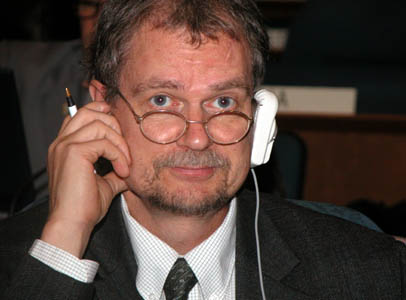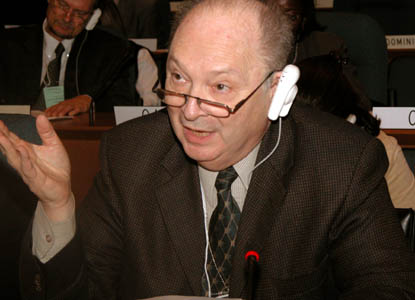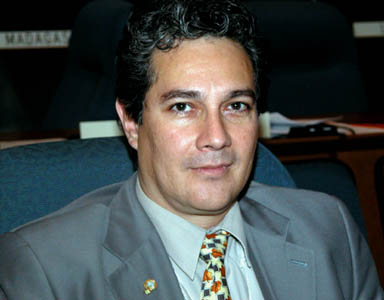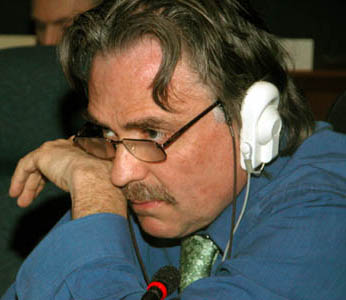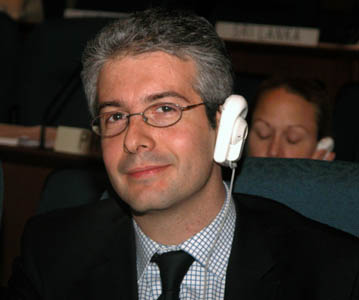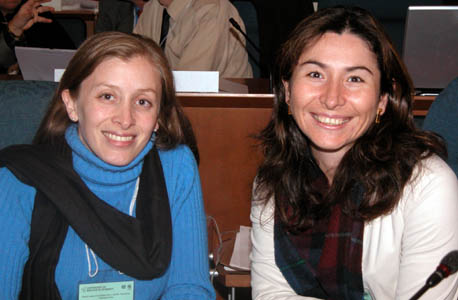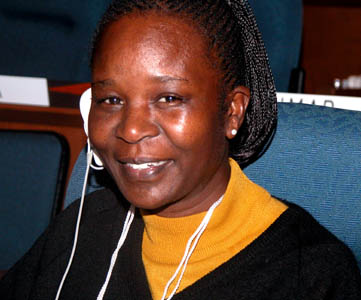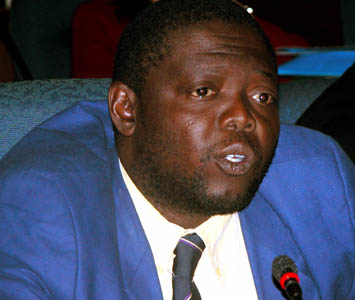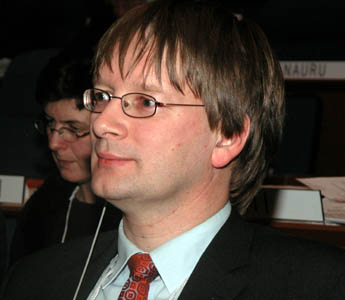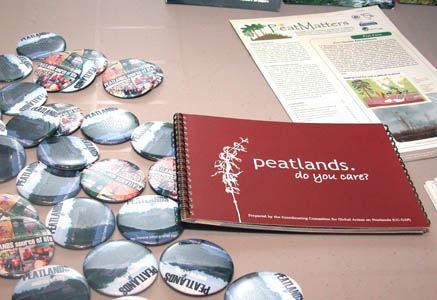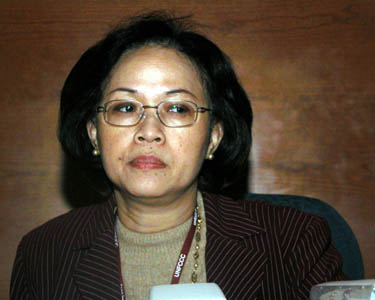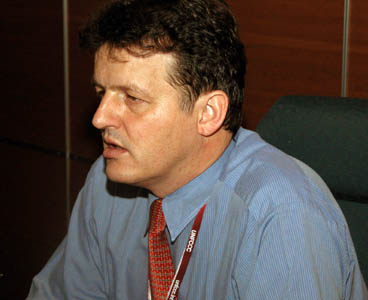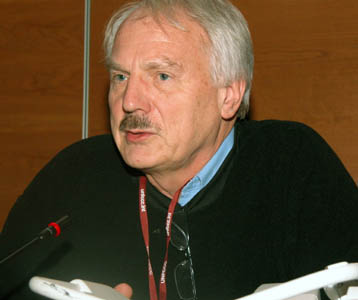| |||||||||||||||||||||||||||||||||||||||||||||||||||||||||||||||||||||||||||||||||||||||||||||||||||||
Click on the above days to view previous
ENB Web coverage.
|
|
| Highlights for Thursday, 1 December 2005 |
 |
Participants
to the eleventh meeting of the Subsidiary Body on
Scientific, Technical and Technological Advice (SBSTTA-11)
of the Convention on Biological Diversity (CBD) continued
their deliberations in two working groups (WGs) throughout
the day. WG-I considered draft recommendations on:
sustainable use; guidance to promote synergy; and the
Millennium Ecosystem Assessment (MA). An informal evening
session of WG-I also convened to consider draft
recommendations on invasive alien species (IAS) and on
incentive measures. WG-II addressed draft recommendations
on: marine and coastal biodiversity; inland water
ecosystems; and forest biodiversity. The contact groups on
goal and targets on access and benefit-sharing (ABS) and
on global outcome-oriented targets also met to consider
relevant draft recommendations.
Above photo L-R: Elaine Fisher (Jamaica) confers with Joel
Miles (Palau) and Gordana Beltram (Slovenia).
This service was prepared in cooperation with the CBD Secretariat
Any irregularities on this page? Please mail the Digital Editor | Linkages home | Visit IISDnet | Send e-mail to ENB | © 2005, IISD. All rights reserved. |

